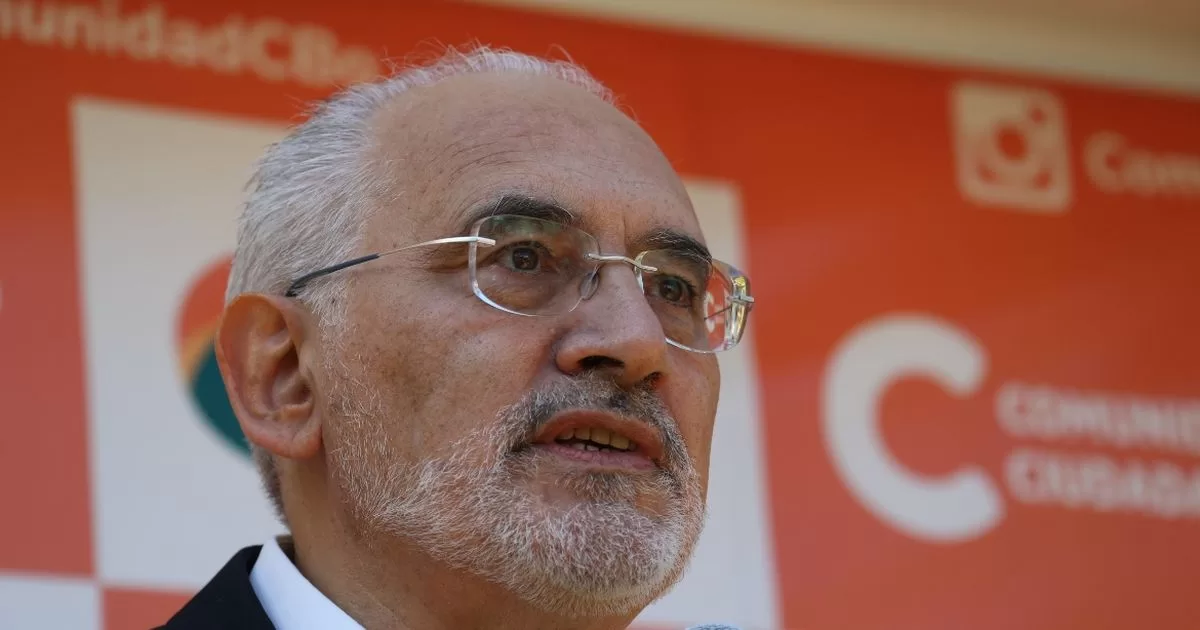Thursday, January 26, 2023 | 2:00 p.m.
Inflation closed the year at 94.8% and remains one of the main unresolved problems of the Argentine economy. But despite the fact that the prospects for a slowdown are almost nil, it is true that the monthly data seems to have fallen below the 6% monthly level that they were able to sustain until October. In this context, the interest rates on time deposits remain at the annual nominal 75% they reached to try to get closer to the rate of increase in prices after the flash of 7.4% that marked the price index at consumer in July.
What is the interest on a 30-day fixed term?
That figure paid by 30-day fixed-term deposits for individuals and for less than $10 million implies a direct return of 6.16% in 30 days. In other words, more than the inflation data for November and above the expectations arising from the Survey of Market Expectations (REM) prepared by the Central Bank, at least until March (for when the indicator is expected to return to 6, 2%).
Thus, the interest rate on time deposits is currently positive in real terms, at least with respect to expected inflation. Expectations may fall short and monthly inflation in the near future may be higher than expected. But this advantage, a priori, of the rate over inflation expectations is a novelty for savers. With the free dollar advancing 10.7% so far this month, on the other hand, the strategy has been losing compared to the performance of the currency.
With the nominal annual rate of 75%, however, the yield in pesos has a better chance of giving rise to inflation. This is because in effective annual terms the fixed term today pays a yield of 107.05 percent. This performance is reached in 365 days with fixed terms of one month, successively, for one year. As long as, of course, with each new deposit both the initial capital and the interest that is being collected is reinvested.
So, the yields of the fixed terms have the possibility of beating inflation in the coming months. But what does that mean in terms of nominal returns? How much can be obtained in terms of results by placing savings in these types of deposits?
How much do you give me for $10,000 in a fixed term?
A 30-day fixed term for $10,000, with the current rate of 75%, returns 10,616.44 pesos once the term has expired. That is, the $10,000 of initial capital plus $616.44 of interest. In annual terms, twelve consecutive fixed terms in which principal and interest are reinvested each time, return $20,499.63 after 360 days (assuming that the rate remains stable).
How much do you give me for $50,000 pesos in a fixed term?
A 30-day fixed term for $50,000, with the current rate of 75%, returns 53,082.19 pesos once the term has expired. That is, the $50,000 of initial capital plus $3,082.19 of interest. In annual terms, twelve consecutive fixed terms in which principal and interest are reinvested each time, return $102,498.17 after 360 days (assuming that the rate remains stable).
How much do you give me for $100,000 pesos in a fixed term?
In the same way, if the initial capital were $100,000, after 30 days of placement the result that would be obtained would be 106,164 pesos. In one year, reinvesting both capital and interest each month, the result would amount to 204,996.34 pesos.
How much did he earn if I put 1 million in a fixed term?
On the other hand, if the initial capital were $1,000,000, after 30 days of placement the result that would be obtained would be 1,061,643.84 pesos. In one year, reinvesting both capital and interest each month, the result would amount to 2,049,963.41 pesos, adding capital and interest.
What is the fixed term rate today?
Currently, traditional 30-day fixed terms for individuals and for no more than $10 million pay an annual nominal rate of 75%, which becomes 107.05% in effective annual terms.


